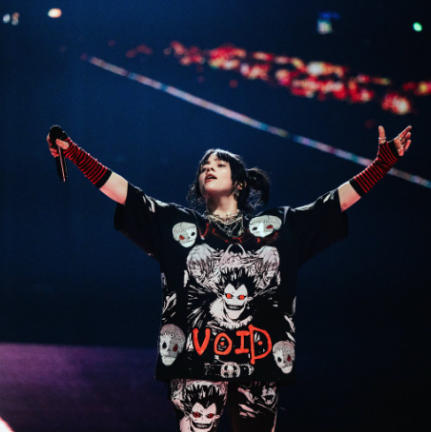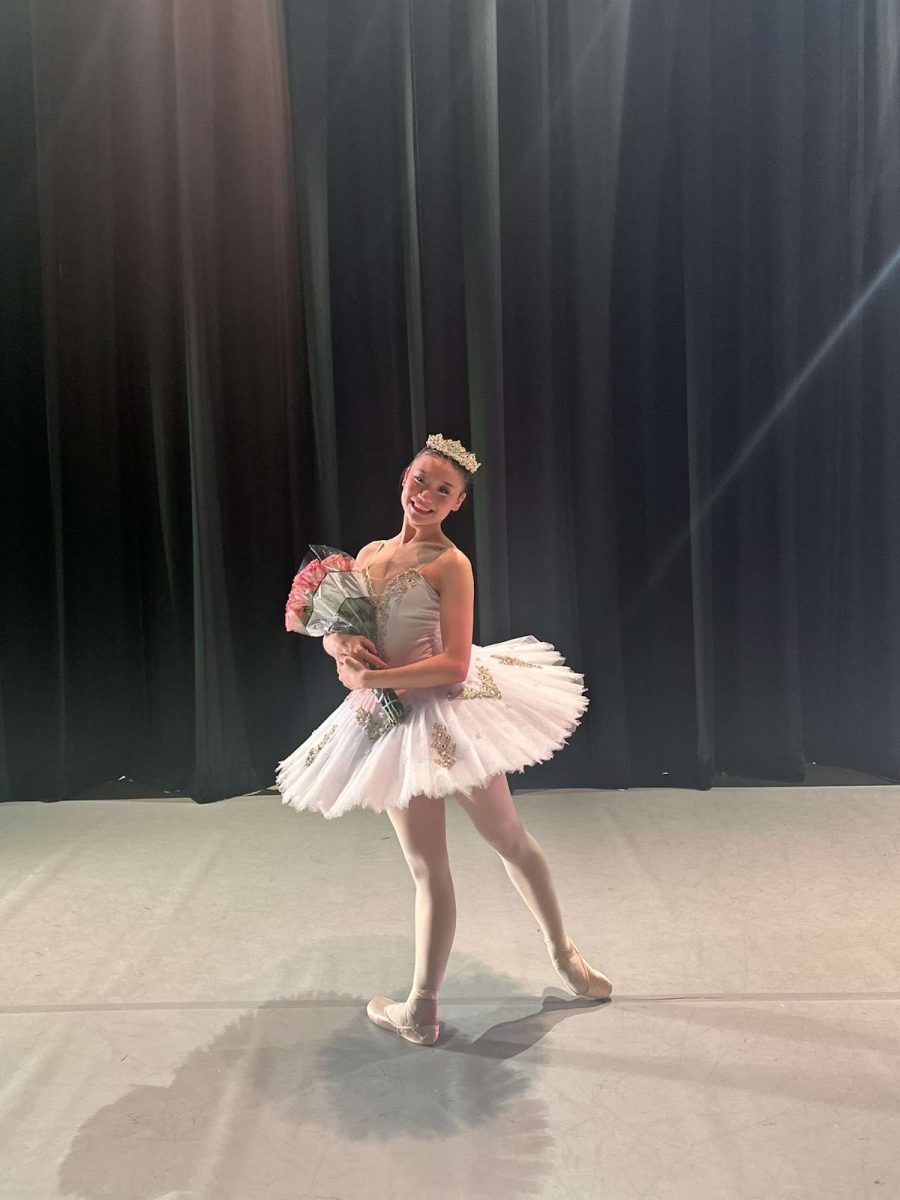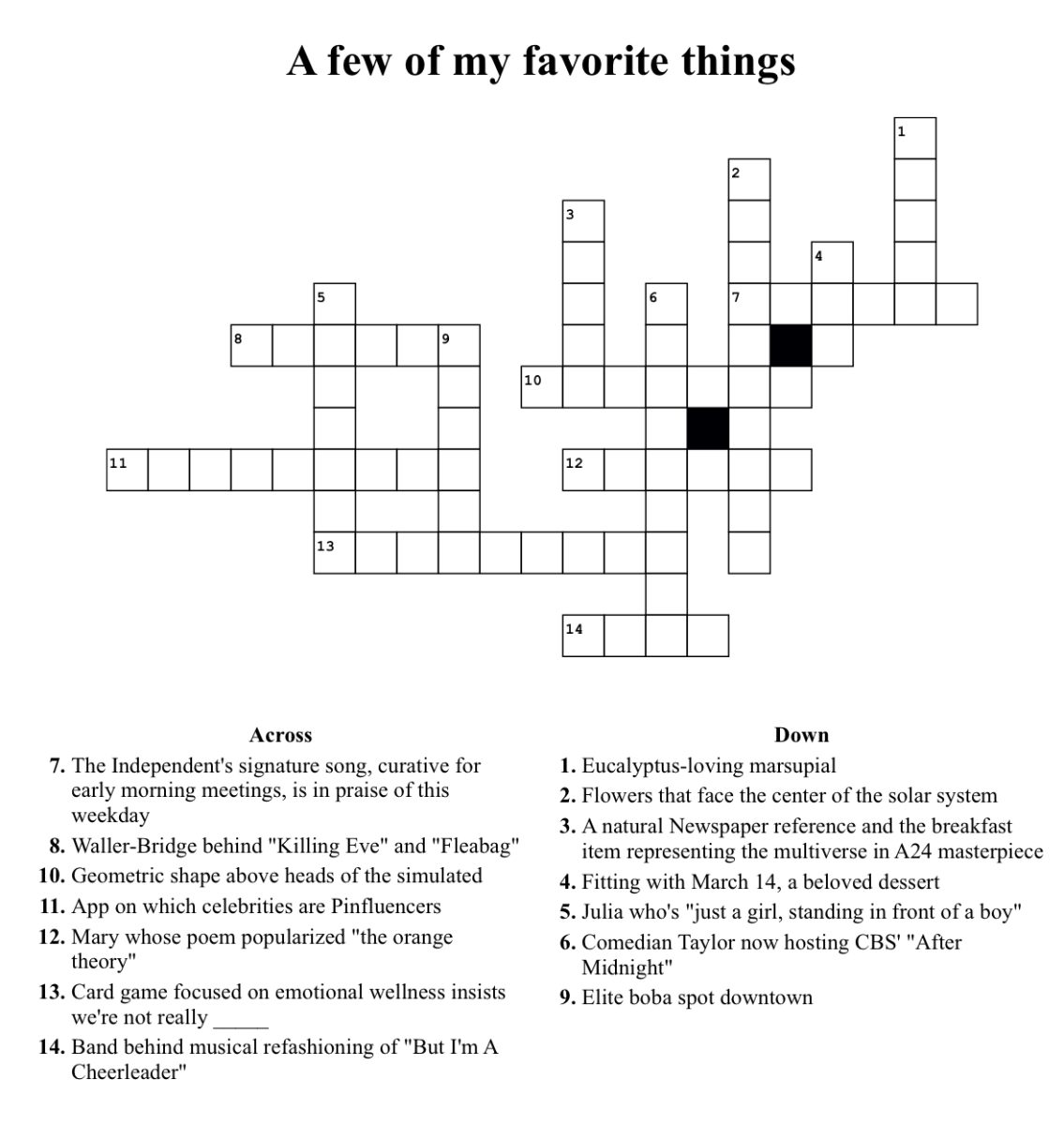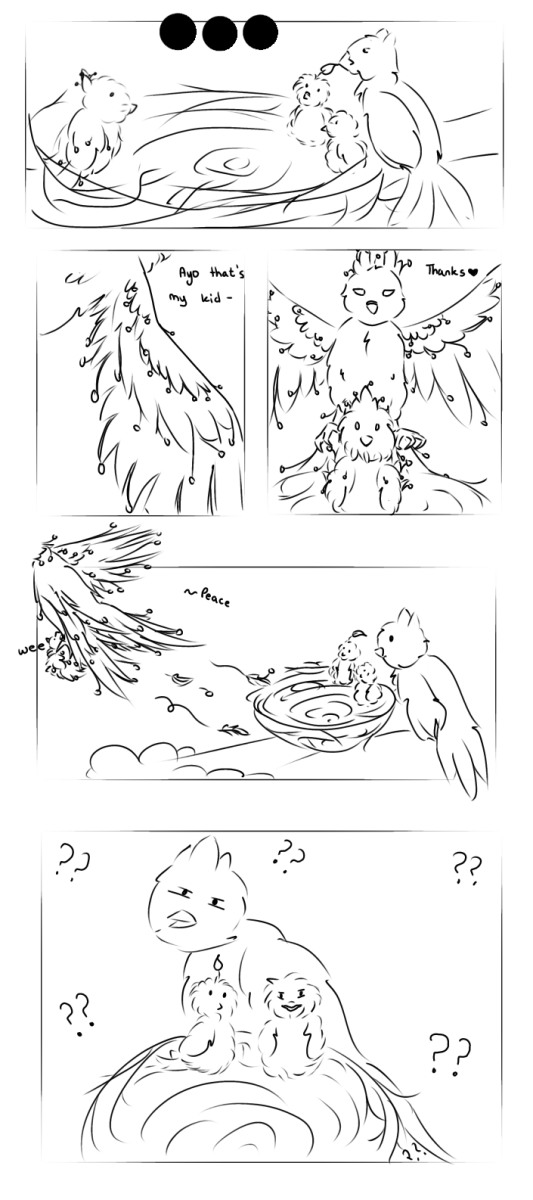Book Review: Red Queen By Victoria Aveyard
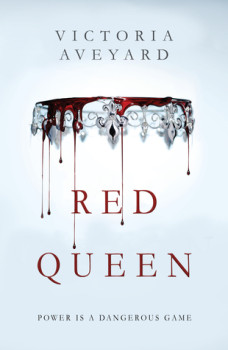
Rating: 4.5 out of 5 stars
Mare Barrow, just a seventeen-year-old Red, powerless in the face of the Silvers– an elite group with god-like powers. As a commoner, she settles for a life of pick-pocketing to support her poverty stricken family and avoid “the conscription,” a military draft for eighteen year old Reds. This changes on the night she finds out her best friend will be conscripted. Therefore, she tries to find a way to save him by doing the only thing she knows how to do– pick-pocketing. Once the prince, Maven Calore, catches her in the act, he enlists her to work for the royal family. There she discovers powers of her own that pose a threat to Silver control. Now Mare, both Red and Silver, finds herself thrown into the public eye as a lost princess and the fiance of the king and queen’s second-born son, Mavin. Under the close watch of the queen, Mare must find a way to aid the Scarlet Guard rebellion. But will she be able to save herself and her people from further oppression, even as her feelings begin to grow for her betrothed?
Sometimes dystopian novelists make the mistake of telling the same story. Characters remain the same, doing the same things, in a different place. On the surface, Victoria Aveyard’s Red Queen may seem to be another dystopian romance about that outcast teenage girl falling for that guy she should not and, somehow, everything still works out in the end, but this is not that kind of story. This is a story of “real people” with inconsistencies and peculiarities that make the characters relatable.
Aveyard creates and develops this dystopian world of “the Stilts,” “Lakelanders” and “the Silver Palace” with her vivid images, coupled with the distinguishable characters, who slowly draw the reader in. She manages to create characters with polarities and inner turmoils of courage and cowardice, love and hate, obedience and treachery, which helps distinguish each character within the story. Also, the Silvers and Reds are not just defined by their mystical powers, or lack thereof. They are humanized, easier to imagine in reality– taking a walk around the block, for example– than the Cullens or the werewolves from the Twilight series.
Unfortunately, these brilliant elements are disparaged by the presence of certain grievances. First, the complex descriptions. I would compare my experience to that of a three-year-old trying to read hieroglyphics– excitement, then bewilderment, followed by indifference and a wish to move on to the next thing. In other words, Aveyard effectively intrigues the reader with vivid images but fails at bringing these images to life, where they move and interact with each other naturally to the reader. There are only a few of these instances, but they occur in pivotal places within the story that create a barrier in the reader’s overall understanding of storyline. An example of this is Mare’s first day as a royal servant during the most important event of the year, where she happens to discover her Silver powers. Even now, I can not imagine the setting, where she is, what she is doing or how everyone is seated; I know she falls into an arena of some kind. Secondly, there are obvious inconsistencies that make upcoming “surprises” rather predictable. Like the fact that the queen, Elara, can read minds, but, to Mare’s convenience, she chooses to read everyone’s thoughts, including her sons’ and husband’s, except Mare’s. Obviously, this would subdue the discovery that the queen has known about Mare’s plans to aid the Scarlet Guard rebellion at the end of the novel. This happens again once the reader becomes aware of the fact that Mare is under 24-hour surveillance, and there are cameras in her bed room, throughout the hallways, in training rooms and patrol guards throughout the palace. But again, to Mare’s convenience, her betrothed manages to shut off the cameras without the knowledge of the queen, who monitors the cameras. Such discrepancies make the novel another nameless dystopian story.

Hey! I'm Kaitlin. This is my second year as the Lenses editor for The Independent, but my first as co Editor-in-Chief, which means that I am no longer...









